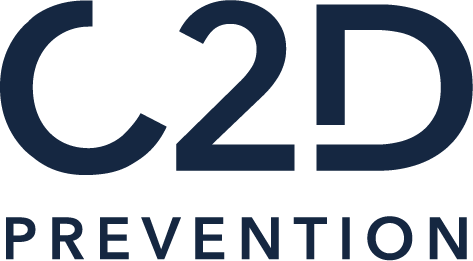"Importance of wellbeing at work."
Recent research shows that employee wellbeing is directly linked to:
- higher productivity,
- fewer absences due to incapacity,
- reduced interpersonal conflicts,
- and improved collective performance.
In other words, wellbeing operates on two levels: it creates value for the organisation while enhancing individual quality of life.

Why is wellbeing an organisational necessity?
Wellbeing is not merely a personal expectation: it is a strategic imperative.
Investing in wellbeing means investing in a factor that directly supports overall business performance. According to INRS (2025), preventing psychosocial risks improves safety, reduces errors and sustains productivity (INRS, 2025).
What measurable effects does wellbeing (physical and mental) have on productivity?
The Telus Mental Health Index (2024) reveals that:
- physically active employees lose, on average, 10 fewer productive days per year than their sedentary peers,
- the simple perception that one’s employer supports wellbeing equates to an additional 21 days of productivity per year.
These findings combine absenteeism and presenteeism (being at work with reduced effectiveness) and show that wellbeing influences actual productivity, not just perceptions.
What are the benefits of psychological safety for teams?
Psychological safety — the freedom to speak up without fear of negative consequences — is a subtle yet powerful lever.
A Norwegian study (Østrem et al., 2022) of 160 management teams demonstrated that such a climate leads to:
- greater creativity and innovation,
- smoother collaboration,
- reduced internal tensions,
- enhanced collective performance.
The WHO (2023) and EU-OSHA (2024) confirm that psychological safety is a major determinant of workplace mental health.
What practical levers can improve wellbeing at work?
Psychological wellbeing is not abstract: it rests on measurable practices. Some of the most effective include:
- setting clear objectives,
- strengthening accountability and autonomy,
- fostering a climate of respect and recognition,
- establishing genuine psychological safety.
These are tangible foundations on which to build a sustainable and high-performing work culture.
Our Commitment
At C2D Prévention, we turn these insights into concrete action.
Our support programme enables you to:
identify your wellbeing and performance levers,
develop an effective action plan,
and embed a health and safety culture that protects individuals while boosting collective performance.
Contact us to build an organisation where wellbeing becomes a true strategic lever for lasting success.
Key Takeaways
- Workplace wellbeing enhances productivity, reduces absenteeism and strengthens collective performance.
- Employees who feel supported by their employer gain up to 21 extra days of productivity per year.
- Psychological safety acts as a catalyst: freedom of expression, creativity, smooth collaboration.
- Concrete levers include clear objectives, autonomy, recognition and a culture of respect.
- Wellbeing is not a luxury: it is an organisational necessity.
What impact does wellbeing have on business performance?
It boosts productivity, reduces absences and decreases internal conflicts.
What is psychological safety?
It is the ability of employees to express ideas or difficulties without fear of repercussions. It fosters innovation, collaboration and engagement.
What practical levers can organisations activate?
Clear objectives, greater autonomy, a climate of recognition, and practices that strengthen psychological safety.
Why is wellbeing strategic for organisations?
Because it contributes both to individual quality of life and to overall, sustainable business performance.
(2025). Travail sur écran : risques pour la santé. Institut National de Recherche et de Sécurité. https://www.inrs.fr/risques/travail-ecran/risques-sante.html
Telus. (2024). Mental Health Index 2024. Telus Health.
World Health Organization (WHO). (2023). Mental health in the workplace. WHO. https://www.who.int/news-room/fact-sheets/detail/mental-health-at-work
European Agency for Safety and Health at Work (EU-OSHA). (2024). ESENER 2024: Psychosocial risks in European workplaces. EU-OSHA. https://osha.europa.eu
Østrem, H. et al. (2022). Psychological safety and team performance: Evidence from 160 Norwegian management teams. University of Oslo.
